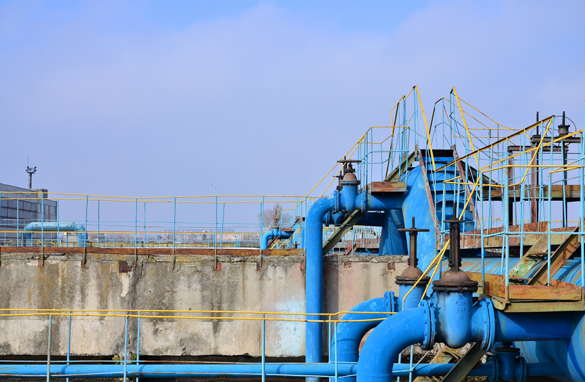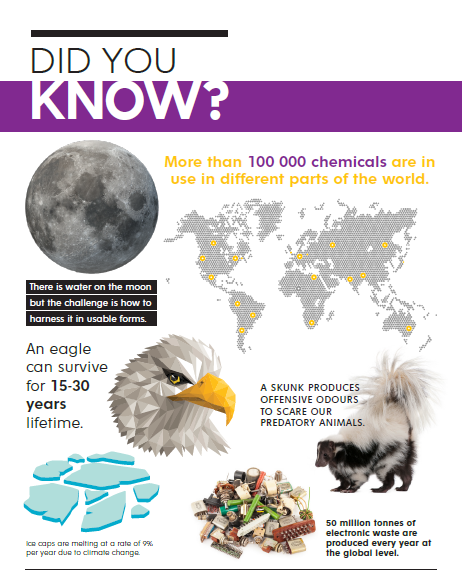Sewage is a mixture of water, human excreta, used water from bathrooms, food preparation waste, laundry waste produced by a community. It is discharged from residences and from commercial, institutional and public facilities that exist in the locality. Sewage is transported through a sewer system comprised of septic tanks, pipes, soakaways. It contains different macro-pollutants and micro-pollutants. The main parameters that are measured to assess the sewage quality as well as treatment options include solids, organic matter content, nitrogen, faecal contamination. Sewage is supposed to be managed well because it has direct impacts on human health and the environment. As part of its management, it is collected and transported for release into the environment after a treatment level has been reached. It can also be disposed through deposition into landfills or sewage farms.
The effects of sewage on the environment are largely negative. There is need for proper treatment before it can be disposed of in the landfills as part of sewage management. If sewage is not properly treated before exposure to the environment, it will contaminate the water and harm huge amounts of wildlife and human lives too. Sewage waste is manifested with different types of bacteria which affects the human body. Diseases can be caused by the bacteria which affect the human body causing diarrhoea, nausea and excessive vomiting. When a human body is exposed to the sewage bacteria mainly through ingestion bacterial infections can occur. An example of a bacterial infection is the Escherichia coli which is a frequent cause of many bacterial infections such as cholangitis, urinary tract infection (UTI). If left untreated it eventually leads to kidney failure or even death. E. coli is mainly characterised by vomiting, diarrhoea, abnormal pain and fever among other related issues.
Poor maintenance of sewer systems in municipalities have seen communities living in sewerage infested areas. Where blocked systems end up bursting and the sewerage flows out into the community streets polluting the land and seeping into the ground connecting with water supply systems as well as contaminating underground water. Continued urbanization also brings a burden to the old and dilapidated sewage systems. This has caused a number of water borne disease outbreaks to occur in Zimbabwe. Lives have been lost, families have been left incapacitated after losing parents or the breadwinners. In the year 2008, Cholera outbreaks were recorded in the urban settlements where the main driver of cholera was seen to be poor sanitation. There have also been ravaging outbreaks of Typhoid in Zimbabwe every year since 2010. The disease is caused by a bacteria called Salmonella Typhi which is spread through contaminated water and poor sanitation.
Poor treatment of sewage waste is also another factor affecting communities. Sewage is being discharged into water bodies before it has reached recommended specifications. An investigation on the Marimba River and Lake Chivero was done to see the potential impacts of discharging sewage from the Crowborough Sewage Treatment Works into these water bodies on water quality. High concentrations of ammonia were noted making it difficult for complete treatment of the water to take place. The processes being carried out are not being effective enough to reduce the nutrient concentrations. The investigation results pointed out the need for strict management of sewerage waste for the protection of the health of citizens in different communities.



